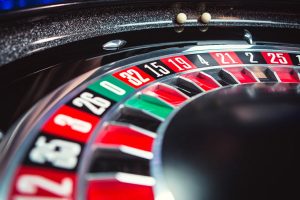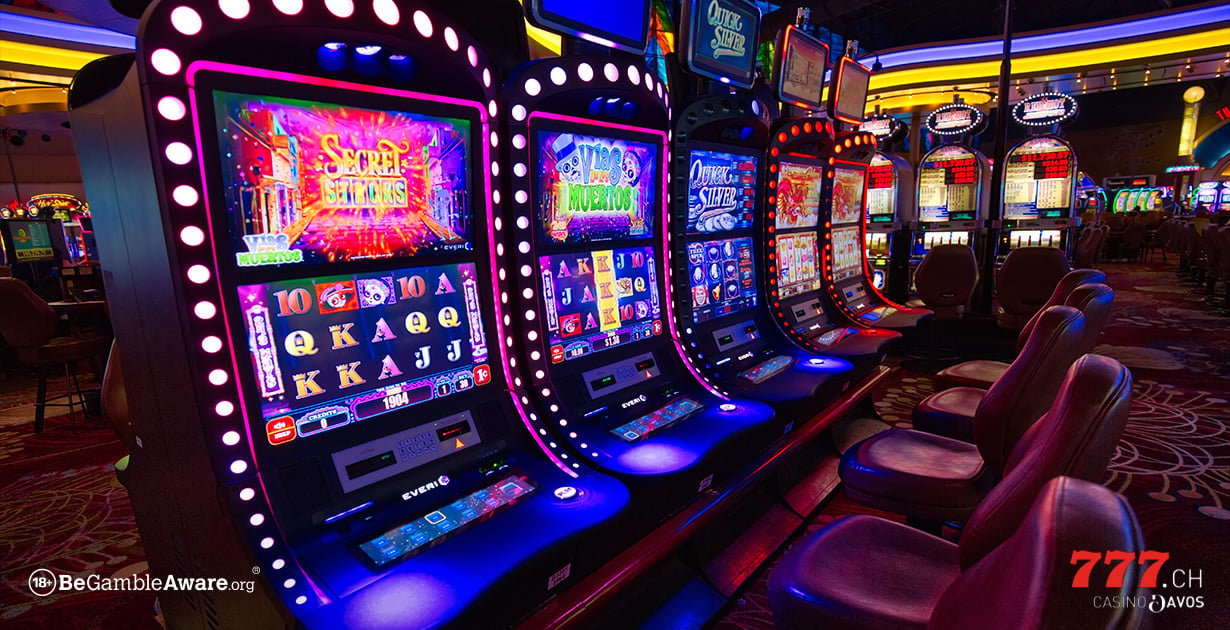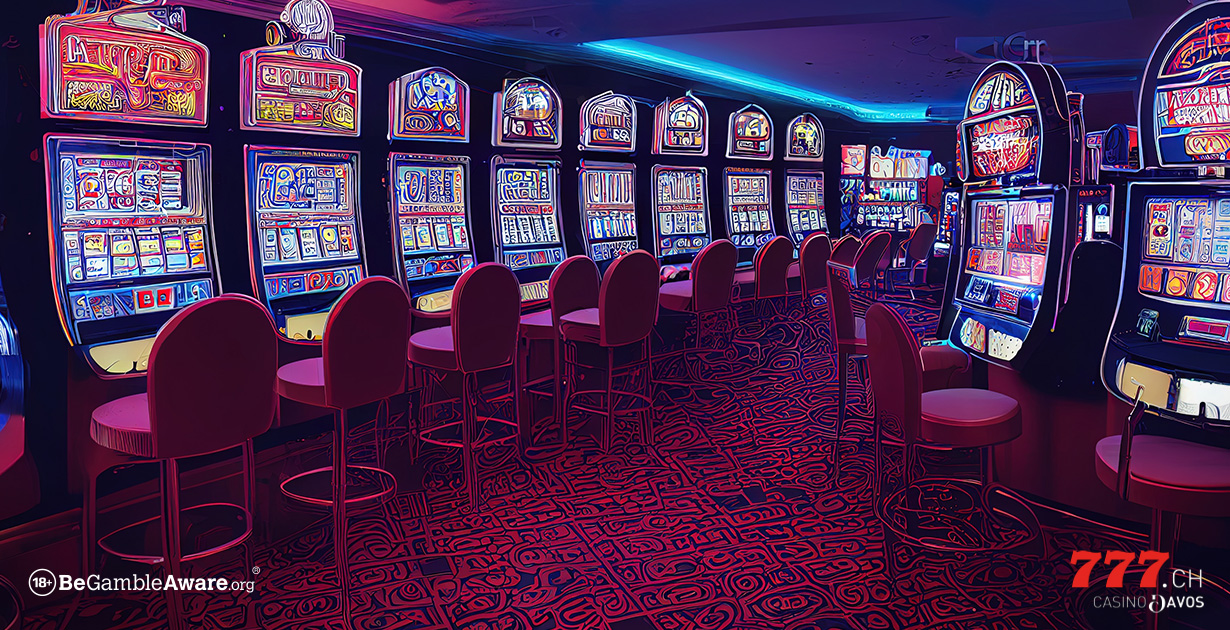In the blog of 18.03. we have briefly introduced Baccarat to you. Today we want to talk about the meaning of “Baccarat Latin” and the correct drawing of the third card.
Terminology
As a classic casino game, Baccarat was offered in casinos early on. As in French Roulette, the table language of the croupiers was French.
Participants in the game
Casino
Chef de partie : He runs the game. He is also known as the “waiter”. (The waist is the one after the pile of cards is shuffled, which is built up by the croupier). Changeur : His job is to change the chips for the players.
Guests
Banquier: The player who places his bets with the croupier. There is a minimum bet for the bank, but usually no upper limit.
Pointeurs: The other players who bet against the bank. The total amount of your bets may not exceed the total bet in the bank.
Ponte: The player who played the highest bet of the pointers. He receives the first two cards and decides whether or not to draw a third card.
Game preparation and material
First the cards are placed face up on the table and the dealer shuffles them with both hands. He then turns the cards over and continues to “stir” the face down cards. When the cards are shuffled well enough, they are then arranged into a stack – the waist. Coupé: The player to the left of the croupier puts a neutral card, usually red, in the waist. At this point the croupier will cut the cards and put another neutral card in the waist before the seventh card. Sabot, Pantine: the card sledge from which the cards are dealt after the coupé. Pallet: a flat, wide wooden board with a handle, on which the croupier hands the cards to the ponte.
Brick rules
Ponte
The ponte looks at his cards after the dealer has also given the first two cards to the banker and now has the following options according to the value of the cards
8 or 9 points (natural or hit)
He reveals the cards and the banker must also reveal his cards – without the possibility of drawing a third card. 8 is called La Petite (small stroke) and 9 La Grande (big stroke)
6 or 7 points
He places the cards face down on top of each other (usually crosswise) and with the words “remainders” or “pass” he tells you not to take any more cards.
5 points
This is the so-called “Volonte'” case: The Ponte is free to choose whether or not to take the third card.
0 to 4 points
He places the cards face down parallel to each other and requests the third card with the words: “Carte síl vous plait” The third card is always given to the Ponte face up with the face down cards.
Banker
After the announcement of the ponte, the banker reveals his cards and, according to the value of his cards, can play the following ” after the sledge “:
8 or 9 points
The Ponte does not get a card anymore and the card values are compared. The player with the higher number of points wins, in case of a tie (en cartes) the coup is cancelled.
7 points
He does not draw a third card
6 points
He draws when he gives the Ponte a 6 or 7.
5 points
He draws if he gives the ponte a 5, 6 or 7 or if the ponte has not requested a third card. If the Ponte’s third card was a 4, he has “Volonte'” on all other cards for the Ponte, he does not take any more card.
4 Points
He draws if he gives the Ponte a card between 2 and 7
3 points
He does not draw a third card when he gives the ponte an 8 and has a free choice if the ponte has received a 9. For all other card values, the banker buys his third card.
0 to 2 points
The third card is always drawn
Profit opportunities
When both players have their hands in front of them, the winner – the player with the higher number of points – is determined.
The banker wins
The bets of the opponents go into the bank and the croupier takes 5% of the winning amount as a tax for the casino. The banker is free to keep the bank, but in this case he must make the total amount available as a new bank.
The Ponte wins
The stakes are paid out to the ponteurs at a ratio of 1:1 without tax and the next player becomes the banker (see blog from 18.03.)
Tie
The game is declared invalid.
Conclusion
Since Baccarat allows little strategic and tactical considerations, the question is often asked why this game was and is so successful and popular.
It is difficult to put into words what is celebrated in just a few moments: from the handing out of the cards to the uncovering of the banker’s cards, vast sums of money are decided in short moments. The tension is literally palpable and usually it is so quiet that the quiet announcements of the croupier when dealing the cards are clearly audible.
At the beginning of the 90’s I experienced in a casino how in the private area for very high playing guests during a Baccara game, according to today’s purchasing power, there were converted some hundred thousand francs in the bank and at the table nobody wanted to play against the bank. A roulette player noticed this and without looking up from his game he said “Banco”. This means he plays alone against the bank for the full amount.
The bank won and the ponte let the usher take his bet to the baccarat table. As soon as the amount was deposited in the bank, the roulette player looked the banker in the eye and announced: ” Suivi “.
Suivi is the privilege of the player who has lost the banco to play again for the full amount.
The banker just nodded briefly and a few moments later took a small fortune out of the bank.
To keep the game within limits, online 777.ch is the banker and there are no volonte cases, but it is possible to bet on a tie and will be paid out 8:1 if you win. If you win on the Punto field (the same as the opponents), the payout is 1:1, if you bet on Banco and win, a tax will be deducted from the win. Stay curious and if there are still questions write us. Good luck with Baccarat and the other games in our online casino.









